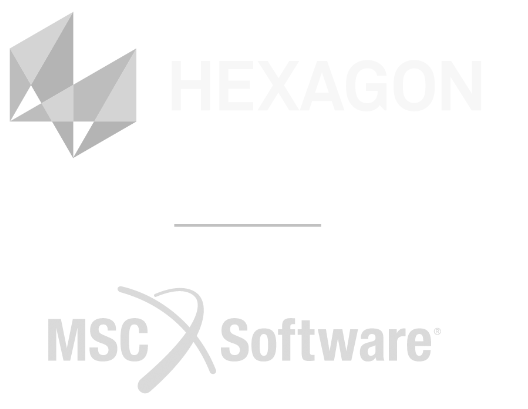ECSA CPD approved course (5 credits) - SAIMechE-1234-11/21
COURSE DESCRIPTION
This course introduces basic finite element analysis techniques for linear static, normal modes, and buckling analysis of structures using MSC Nastran and Patran. MSC Nastran data structure, the element library, modeling practices, model validation, and guidelines for efficient solutions are discussed and illustrated with examples and workshops. Patran will be an integral part of the examples and workshops and will be used to generate and verify illustrative MSC Nastran models, manage analysis submission requests, and visualize results. This seminar (or NAS120) provides the foundation required for intermediate and advanced MSC Nastran applications. By far the easiest way to get resources efficient and productive with MSC Nastran and Patran.














